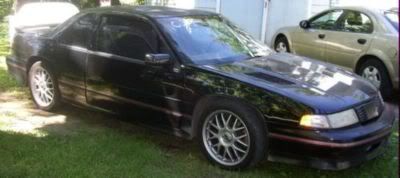Hard start, really rough idle then dies moments later. Brand new battery, fully charged but voltage drops to low during the rough idle. In the range of 5.5 to 11.5 volts during the really rough idle.
Battery in the trunk has same voltage as starter. Both grounds on the trans housing are good, ground on battery is good and practically zero resistance in the positive cable to the starter and the positive post.
Batt ground is good
Engine grounds seem fine (jumped them to the frame, no difference)
Volts drop during crank and do not go past 11.5 before stalling out.
Here is the scan of the hard start. See the volts? This is buggering the crap out of me.
I am in need of help, please.

edit: I have been chasing down all kinds of potential problems. The car sat for 8 months and then had a dying pump. Get past that issue and now, today I finally got the engine to run long enough to get a decent scan. Had the battery fully charged and that prevented the log from stopping (lack of volts during crank stops the logging).
So now I see this voltage issue and I already checked the electrical system as best I knew how too.
How does the alternator ground? Which bolt does it ground through or both?
AAHHhhh, the stress is mounting!
Battery in the trunk has same voltage as starter. Both grounds on the trans housing are good, ground on battery is good and practically zero resistance in the positive cable to the starter and the positive post.
Batt ground is good
Engine grounds seem fine (jumped them to the frame, no difference)
Volts drop during crank and do not go past 11.5 before stalling out.
Here is the scan of the hard start. See the volts? This is buggering the crap out of me.
I am in need of help, please.
edit: I have been chasing down all kinds of potential problems. The car sat for 8 months and then had a dying pump. Get past that issue and now, today I finally got the engine to run long enough to get a decent scan. Had the battery fully charged and that prevented the log from stopping (lack of volts during crank stops the logging).
So now I see this voltage issue and I already checked the electrical system as best I knew how too.
How does the alternator ground? Which bolt does it ground through or both?
AAHHhhh, the stress is mounting!






Comment